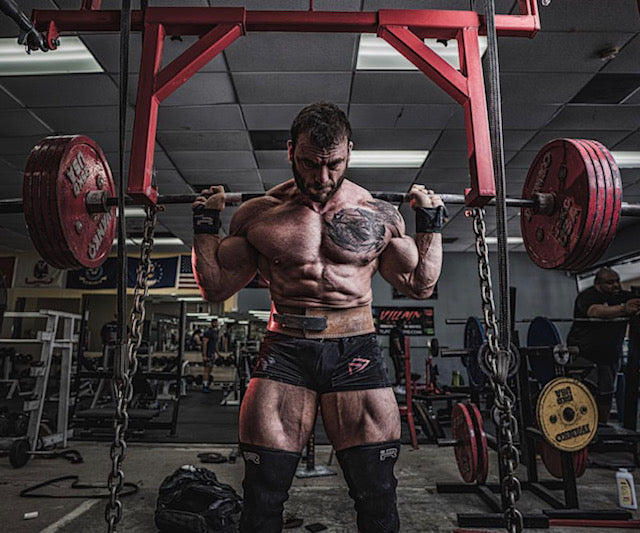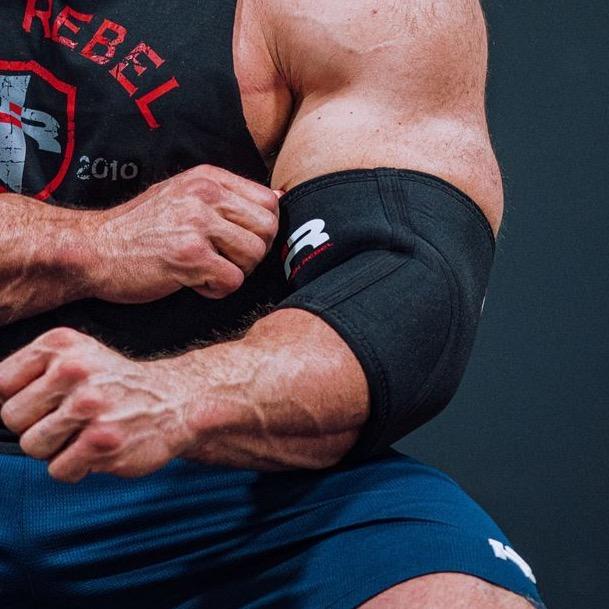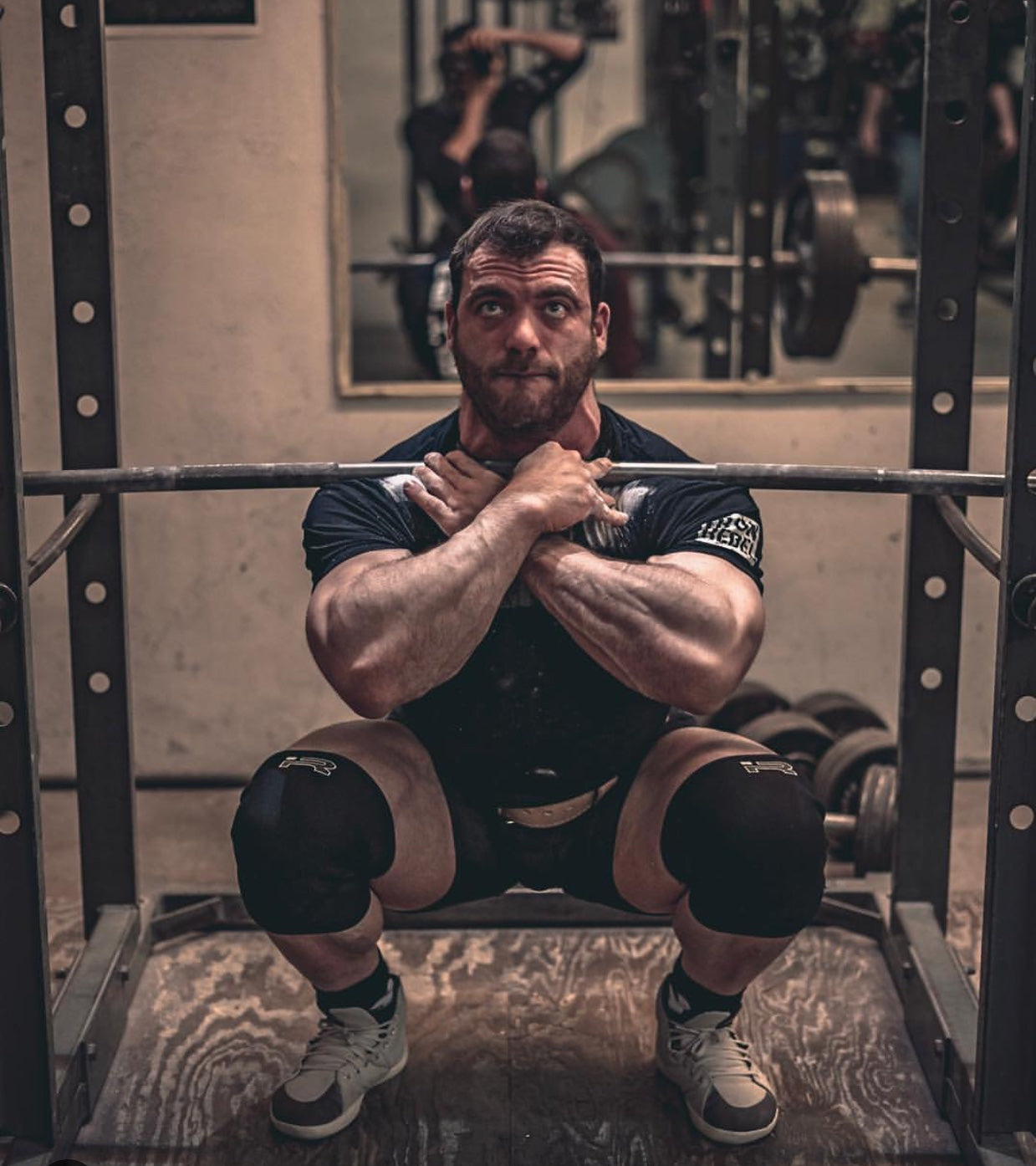My Take on Knee Wraps
Typically, when you ask about knee wraps, you’ll hear a lot of buzzwords. Characteristics like stiff or stretchy seem pretty straightforward. So, even, do ones like rebound and cast, assuming you’re familiar with the terminology (rebound means help out of the hole; casting stops you from going too deep). But then you get into vaguer descriptions, like aggressive, versatile, and supportive — ones that, in my opinion, don’t really mean anything at all. All knee wraps can be aggressive, versatile, and supportive.
So, in my opinion, when you’re looking at knee wraps, instead of considering any specific characteristics of the wrap, first take a look at what you want to get out of it. Then, choose a wrap holistically based on which you feel gives those results. Trying to pick and choose a certain degree of stiffness or comfort or whatever is likely to leave you frustrated, because the way the different characteristics work together, along with the style of wrapping you use, will strongly determine the overall effect of the wraps.
Keep in mind that this will require a good bit of trial and error. There’s no way around that. There are just too many nuances and there’s probably no one right answer, so ultimately, your choice comes down to personal preference.
Knee Sleeves or Knee Wraps?
This is by far the question I get asked the most, and it’s a good one — because the difference between the two can be considerable, depending on your goals!
First, let’s take the easy case: the competitive powerlifter. Regardless of whether you choose to compete in sleeves or wraps, I believe that you need to use both in your training regimen. Sleeves should be used throughout the offseason to build confidence out of the hole, strengthen the quads, and reduce loading requirements. When you begin meet prep, switch to wraps, and stick with them for the duration of your prep. Many lifters forget that knee wraps take practice to master, and going back and forth between sleeves and wraps during prep is a good way to lose your groove.
If you prefer longer preps, and find that you have trouble using wraps for the entire duration, start by wrapping very loosely, and gradually tighten them as you work into heavier weights. This is the schedule I like to follow:
- Offseason: sleeves only, progressive loading in the 65-85% 1RM range
- 12-16 weeks out of a meet: move to a loose wrap, but keep loads the same as would be used with sleeves
- 6-12 weeks out: gradually increase loads to 80-90% and tighten wraps as necessary to maintain bar speed
- Less than 6 weeks out: grind time! Crank the wraps down and load up the weights!
Now, if you’re a bodybuilder or recreational lifter, it’s not quite so simple. You’ll need to make a judgement call based on what you feel most comfortable with. For most people, this means knee sleeves, but some prefer wraps, and I think that’s okay, too. While it’s true that knee wraps will reduce the amount of work your legs are doing in a squat, that’s offset by the heavier weights they allow you to use, so the differences are slight.
I actually prefer to use both, as — unlike it powerlifting — it’s not too important that you eke out every last pound from the wraps. So I’ll do the majority of my work in sleeves, and then throw on wraps at the end for a bit of overload. For example, here’s the progression I used for barbell pause squats on my last leg day:
135x12
225x8
315x5
405x5
455x5
475x5 (pretty hard)
Add wraps
495x7 (to failure)
Wrapping Up
Need some new wraps or sleeves? Look no further than the Iron Rebel Outlaws or the new (red!) Performance Sleeves, and you won’t go wrong!
-Ben Pollack
Read more

How to train hard and prepare yourself for competition in the best way possible for you.

Powerlifting puts incredible strain on the muscles and joints. Although athletes follow proper form and are conditioned for these activities, their arms and legs still need additional support. Thi...


Leave a comment
All comments are moderated before being published.
This site is protected by hCaptcha and the hCaptcha Privacy Policy and Terms of Service apply.